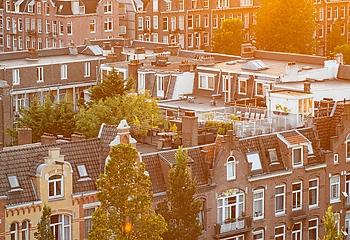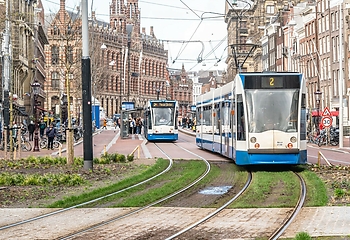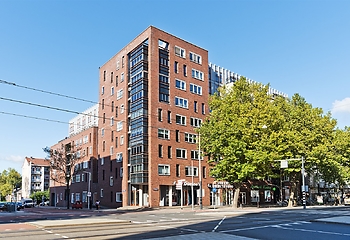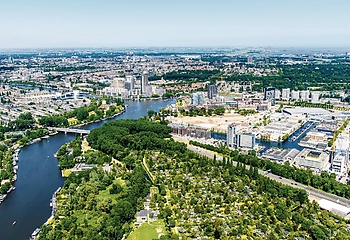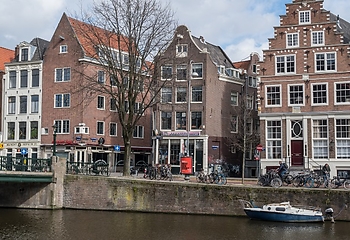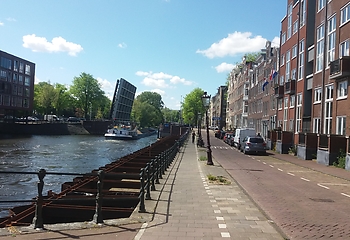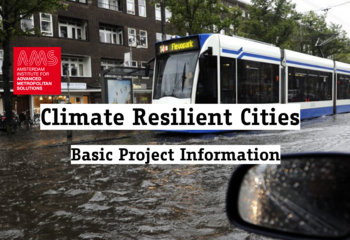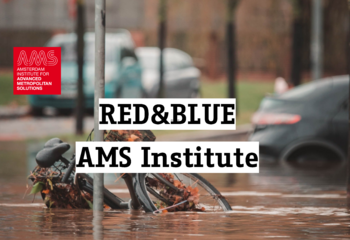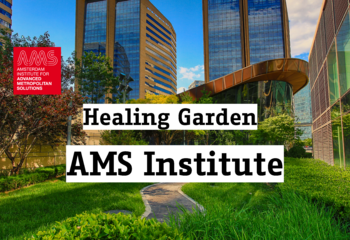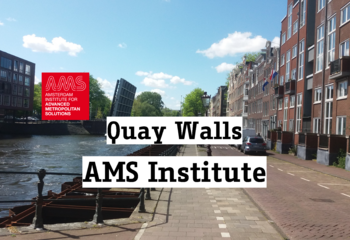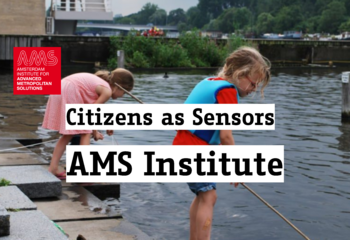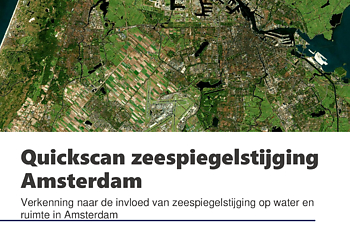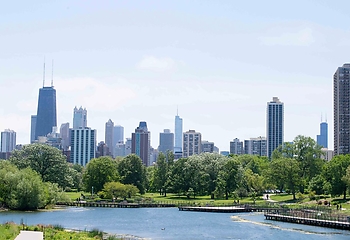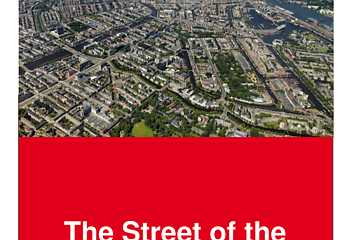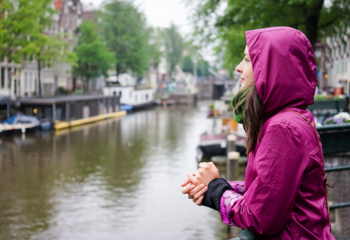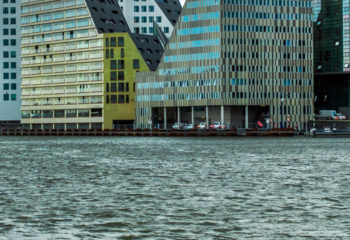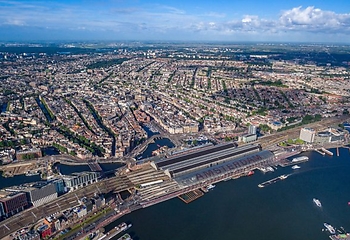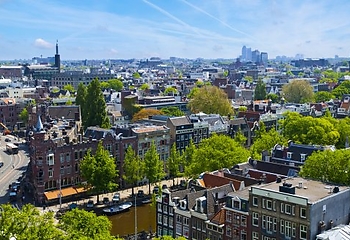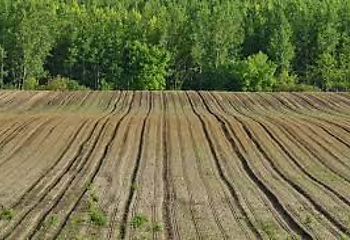To foster these developments and connect them to the state-of-the-art knowledge from science, the Climate Resilient Cities research program works on a few different areas of expertise (see below), answering questions like: what do rainfall, temperature and wind turbulences look like in and around Amsterdam? How can flooding after storms be predicted and prevented? Or from a more societal point of view: what is the impact of research on climate resilient solutions, how can results and effective measures actually be implemented? Furthermore, the research program maps different possible futures to be prepared to whatever actually happens.
The Climate Resilient Cities research program evaluates the functioning, adaptation and resilience of climate systems. The entire urban air-water-soil-green system is analyzed, to map rainfall, temperature and wind turbulence in and around Amsterdam. We then use this information to create a climate adaptation planning approach that carefully designs and assesses interventions such as greening and the sustainable (re)design and maintenance of the city’s infrastructure. In doing so, we work on focus on four areas of expertise:
- Weather/Meteorology: Weather phenomena of the urban environment are modeled and studied for insight. What do rainfall, temperature and wind turbulences look like in and around Amsterdam?
- Water/Hydrology: The urban water cycle system with regards to rainfall, evaporation, storage and discharge is modeled. How can flooding after storms be predicted and prevented?
- Scenario Planning & Urban Planning: The scenario planning approach maps different possible futures to be prepared to whatever actually happens. This proven approach reduces the negative outcome through better planning. In addition, the climate adaptation planning approach for resilient cities involves both careful design and assessment of interventions. Without looking closer at what has been done and is intended, learning is impossible.
- Societal Factors: While climate change and resilient solutions to it are a complex technological and biological challenge, the societal factors are just as important. What is the impact of research on climate resilient solutions? What is the cost for water management and health care.
Preventing and addressing the adverse affects of climate change simply cannot be worked at a city level alone. This calls for a multi-level, long- and short-term collaboration that transcends the city limits and requires an integrated vision. With this AMS Institute contributes to understanding the city’s detrimental and beneficial dynamics around climate and urban design, and thereby contributes to accelerate change towards more climate resilient cities.
Urban Heat Island
The summer of 2018 was extremely hot and dry. For Amsterdam, as for many other cities, this resulted in dying plants and grass, declined water quality, malfunctioning bridges, subsiding housing foundations and cracked cycle paths and roads. The extreme temperatures not only affected the environment, but also human health and well-being, especially of elderly people and young children. According to the Royal Netherlands Meteorological Institute, the kind of heat waves we saw last year, will become more frequent: from once every twenty years a century ago, to every two to three years now.
In densely populated areas such as Amsterdam, heat waves are more extreme, due to the so-called 'urban heat island effect'. This means that heat generated by people, vehicles and the sun is easily trapped by the materials used to build houses, industrial buildings, sidewalks, and parking lots. The effect is strongest at night during calm, clear weather. The temperature difference with areas outside the city can sometimes be more than five degrees. The level of this effect strongly depends on the density and height of the buildings and on the amount of green spaces present.
